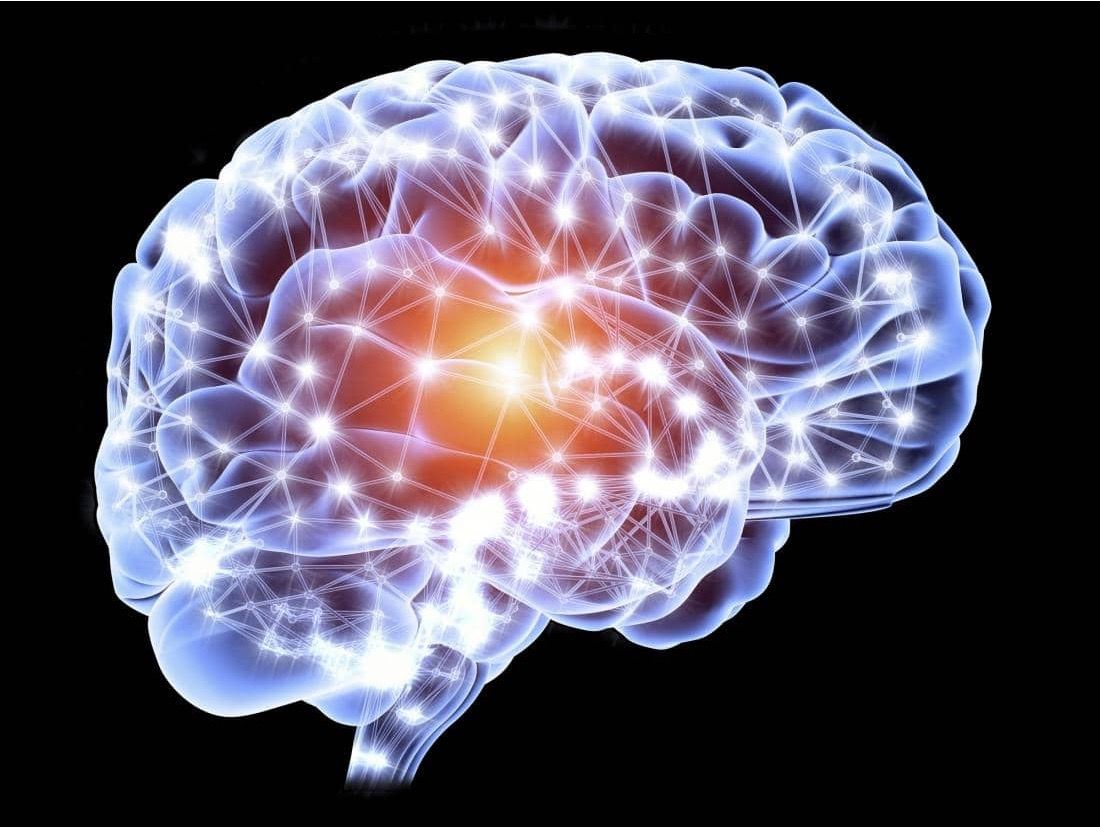Mastering Systems Thinking for Change
Practitioner Program
Mastering the Art of Mapping, Diagnosing & Nudging Complex Systems for Sustainable Transformation
Register your interestBecome the change strategist organisations call
when efforts stall and complexity overwhelms.
If you're a professional change agent—consultant, facilitator, systems thinker, transformation coach, or organisational strategist — then you know how difficult it is to move the needle in complex environments. Traditional problem-solving methods fall short when you're dealing with systemic issues, resistant cultures, or deeply entrenched dynamics.
This 9-month, advanced-level practitioner program is designed specifically for change professionals who want to deepen their diagnostic capability, increase their influence, and build sophisticated strategies for nudging complex systems toward sustainable change.
This isn’t just another theory-heavy course. It’s an action-learning program with a practical and proven process grounded in real-world application — guiding you in how to uncover, map, and shift the systemic dynamics of your or your client's organisation, industry, or community sector.
✅ This program is for professionals who:
- Facilitate or lead change, innovation, strategy, or transformation initiatives
- Work in complex systems where problems are entangled, adaptive, and resistant to traditional solutions
- Are a strategist, policy maker, systems designer, strategic innovator, or social entrepreneur shaping impact at scale
- Are tired of surface-level frameworks and want practical tools and methods for systemic change that help them map, diagnose, and shift the systems driving persistent issues
- Want to be known as the person who can bring clarity to complexity and lead teams through meaningful change


Program Overview
Designed for change professionals in the field, this immersive program combines tailored content for practical applications, group coaching, and peer-based collegiate learning all within an action-learning format.
- Real-world application project (bring your own change challenge)
- Lifetime access to recordings and materials
- Certificate of completion and alumni network access
✔️ 18 sessions comprised of 9 modules + 9 group coaching practice labs over 9 months for progressive skill development
✔️ Live, online, in-depth sessions with proven frameworks, tools, and real-world applications
✔️ Hands-on practice labs with peer feedback and group coaching
✔️ Downloadable learning resources and tools
✔️ Live Q&A sessions for tailored support and coaching to your specific needs
✔ Peer-based learning community and collegiate learning forum
✔ Real-world practice and implementation projects and personal guidance and feedback
Each module builds your capability step-by-step with implementable content, practical tools, and real-world application.
Program Modules
Module 1: Identifying the Critical System
Uncover the real system underneath the noise.
- Learn how to distinguish between symptoms and the actual system that needs change.
- Identify the core systemic issue to be solved—not just its surface expressions.
- Understand how systemic problems emerge from the current operating dynamics.
- Set a clear systemic goal based on desired emergent properties, not just outputs.
- Learn to define system boundaries and place the system in context with other interdependent systems.
- Avoid the trap of shallow root cause analysis with deeper systems framing.
:Prevent wasted time and budget on misdiagnosed change efforts. Help teams focus on what really matters.
Module 2: Uncovering & Seeing the Critical System Dynamics
See the hidden architecture of how your system operates.
- Move beyond narratives and pinpoint causal structures behind behaviour.
- Identify the critical agents and stakeholders that drive system performance.
- See how the system is nested within others and how influences travel across boundaries.
- Use inductive reasoning to begin building a working model of the system.
- Formulate early hypotheses about causal relationships that shape the current system.
- Begin data collection with purpose—interviews, observations, and conversations aligned to systemic discovery.
Equip yourself with a powerful inquiry approach to collect data that reveals real leverage points for change.
Module 3: Mapping the System
Create systemic clarity through structured representation.
- Organise your raw data into a coherent map of system dynamics.
- Learn various mapping techniques: flow diagrams, causal loops, influence diagrams, estuarine maps, rich pictures, and more.
- Separate signal from noise to extract meaningful patterns.
- Use mapping as a collaborative tool to facilitate shared understanding across stakeholders.
- Refine maps iteratively to improve accuracy and usefulness.
- Identify parts of the system where critical information is missing or misunderstood.
Build alignment and clarity among stakeholders, improve communication, and guide effective intervention design.
Module 4: Testing the Validity of the Map(s)
Ensure your model reflects reality, not just opinion.
- Test the credibility of your maps with stakeholder feedback and system observation.
- Use real historical events and counterexamples to evaluate map accuracy.
- Integrate different perspectives to make your maps more robust and reflective of the whole.
- Evaluate if the map has enough depth and breadth to be actionable.
- Adjust system boundaries based on real-world feedback.
Provide confidence that your change strategy is based on real systemic insight, not assumptions.
Module 5: Reading the Map / Diagnosing the System
Translate your map into strategic insight.
- Identify which feedback loops are stabilising the system and resisting change.
- Discern core vs. peripheral influences so you can focus your change strategy effectively.
- Locate dominant mental models or structural attractors that hold the current system together.
- Assess the system’s disposition—whether it’s ready for change or resistant.
- Formulate your initial hypothesis for how the system could be nudged to reorganise.
Eliminate trial-and-error strategies and direct energy where it will have the greatest systemic impact.
Module 6: Designing How to Influence / Nudge the System
Shift the system from within—without resistance.
- Identify how to directly or indirectly influence the core systemic feedback loops.
- Design scalable nudges that the system can absorb and respond to.
- Use scenario thinking to forecast possible reactions to your interventions.
- Anticipate and prepare for unintended consequences or emergent effects.
- Align your interventions with the system’s current capability to change.
Create strategies that bypass resistance and organically shift the system toward a desired future state.
Module 7: Engaging Stakeholders
Gain buy-in without triggering system immune responses.
- Communicate complex systemic thinking in everyday language.
- Help stakeholders understand why traditional approaches haven’t worked.
- Show how systemic nudging differs from traditional project rollouts.
- Build the case for systems-based ROI and new forms of progress measurement.
- Neutralise internal resistance by aligning understanding with systemic insights.
Secure stakeholder engagement and prevent political or cultural sabotage of the change initiative.
Module 8: Nudging the System
Apply interventions and navigate the system’s live response.
- Understand how to nudge versus push a system.
- Track feedback loops and emergent properties in real-time.
- Adjust your actions based on how the system begins to reorganise or resist.
- Avoid triggering the system’s self-protection mechanisms.
- Adapt your nudges—amplifying, scaling, or pivoting as needed.
- Communicate shifts and avoid blind stakeholder reactions that could undermine your work.
Enable agile, real-time adaptation to systemic feedback—keeping change efforts on track.
Module 9: Updating Your Maps, Mental Models & Hypothesis
Evolve with the system you’re changing.
- Reassess your maps and logic as the system evolves.
- Track shifts in loop dominance, stakeholder behaviour, or emergent dynamics.
- Engage in reflective dialogue with stakeholders to sense-make emerging changes.
- Form new hypotheses and refine your intervention strategy.
- See mapping as a living process that reveals what the system is becoming.
Keep your strategy relevant and evolving. Build long-term systemic resilience and change capability.
Your Learning Facilitators
Marvin Oka
Marvin is a highly sought-after international consultant and recognised authority specialising in the field of Neuro-Behavioural Modelling applied to strategic and systemic thinking, whole-system change, leadership team development, and organisational culture. Over the last 30+ yeas, Marvin has worked in Europe, North America, Southeast Asia, the Middle East and throughout Australia-New Zealand. He is the developer of numerous human performance methodologies in the areas of strategic conversation, culture shaping, consumer psychology modelling, Generative Learning, Generative Inner-Work Coaching, and the field of Neuro-Behavioural Modelling itself. Past clients include BHP-Billiton, NAB, Commonwealth Bank, BNZ, ATO, Telstra, Changi Airport, Singapore Government, Temasek, Saudi Water Conversion Corporation, ICI-Orica, SAP, Estee Lauder, and numerous others.

Dr Gary Saliba
Gary is strategic consultant to private and government organisations, industry sectors, and numerous industry associations. He specialises in assisting leadership teams to enhance their capability to deal with complexity and uncertainty through the use of foresighting and scenario work, strategy development, systems thinking, values assessment, and leadership development. Over the past 26 years Gary has worked with clients throughout Australia and South East Asia. He has published a book on outcomes-focused strategic planning and his team were awarded a Federal Government innovation award for developing simulation models for Human Resource Planning. His work has also been featured as part of the ABC television Open Learning program. Gary is a graduate of the Australian Institute of Company Directors.

⚡ This Program Will Help You:
✅ See the real system behind the noise
✅ Diagnose the root dynamics keeping it stuck
✅ Map it in a way others can understand
✅ Design precise shifts that actually change behaviour
✅ Stay adaptive as the system resists, reacts, and evolves
Whether you’re working in business, government, education, health, or social change…
This program will give you the strategic power to guide transformation in the most complex environments.
Mastering Systems Thinking Practitioner
Launching soon!
✅ Register your interest and receive
👉 Early notifications and launch updates
👉 Special early enrolment offers
👉 Early program-related webinar announcements
Register your interest
